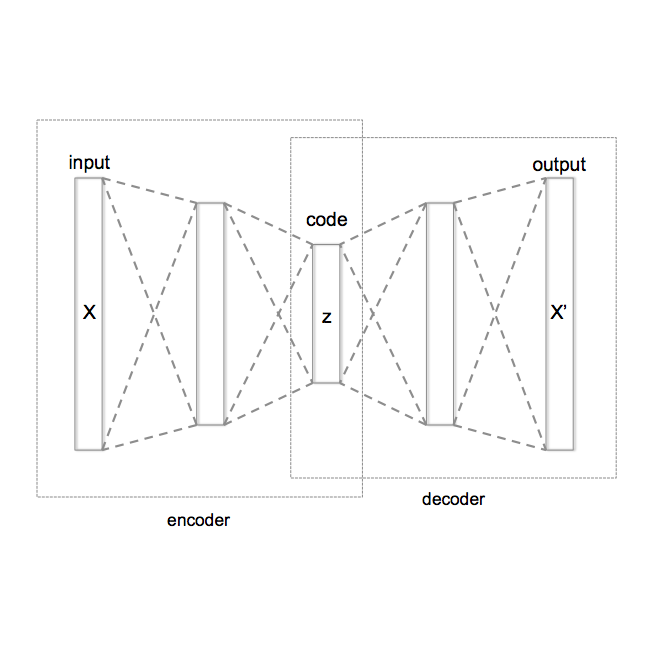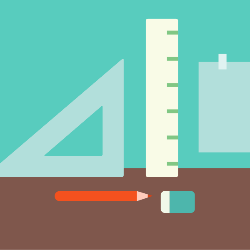As a promising tool to navigate in the vast chemical space, artificial intelligence (AI) is leveraged for drug design. From the year 2017 to 2021, the number of applications of several recent AI models (i.e. graph neural network (GNN), recurrent neural network (RNN), variation autoencoder (VAE), generative adversarial network (GAN), flow and reinforcement learning (RL)) in drug design increases significantly. Many relevant literature reviews exist. However, none of them provides an in-depth summary of many applications of the recent AI models in drug design. To complement the existing literature, this survey includes the theoretical development of the previously mentioned AI models and detailed summaries of 42 recent applications of AI in drug design. Concretely, 13 of them leverage GNN for molecular property prediction and 29 of them use RL and/or deep generative models for molecule generation and optimization. In most cases, the focus of the summary is the models, their variants, and modifications for specific tasks in drug design. Moreover, 60 additional applications of AI in molecule generation and optimization are briefly summarized in a table. Finally, this survey provides a holistic discussion of the abundant applications so that the tasks, potential solutions, and challenges in AI-based drug design become evident.
翻译:2017年至2021年,利用人工智能(AI)作为在广阔的化学空间中航行的有利工具,在药物设计中,利用人工智能(AI)进行药物设计。从2017年到2021年,最近几个人工智能模型(如图形神经网络(GNN)、经常神经网络(RNN)、变异自动coder(VAE)、变异自动coder(GAN)、基因对抗性网络(RL)、流动和强化学习(RL))应用在药物设计中显著增加。许多相关的文献审查都存在,但没有一份深入概述近期人工智能模型在药物设计中的许多应用。为补充现有文献,本调查包括以前提到的人工智能模型的理论发展以及最近42个人工智能在药物设计中应用的详细摘要。具体来说,其中13个模型利用GNNNN用于分子特性预测,29个模型使用RL和/或深层基因化模型进行分子生成和优化。在多数情况下,摘要的重点是模型、其变式和对药物设计具体任务的修改。此外,在分子生成和优化过程中,还有60个新的人工智能应用。该表格中简要概述了。该调查为大量的药物应用。最后提供了对基于药物设计的潜在设计中的巨大挑战。该研究提供了一个完整的研究。





